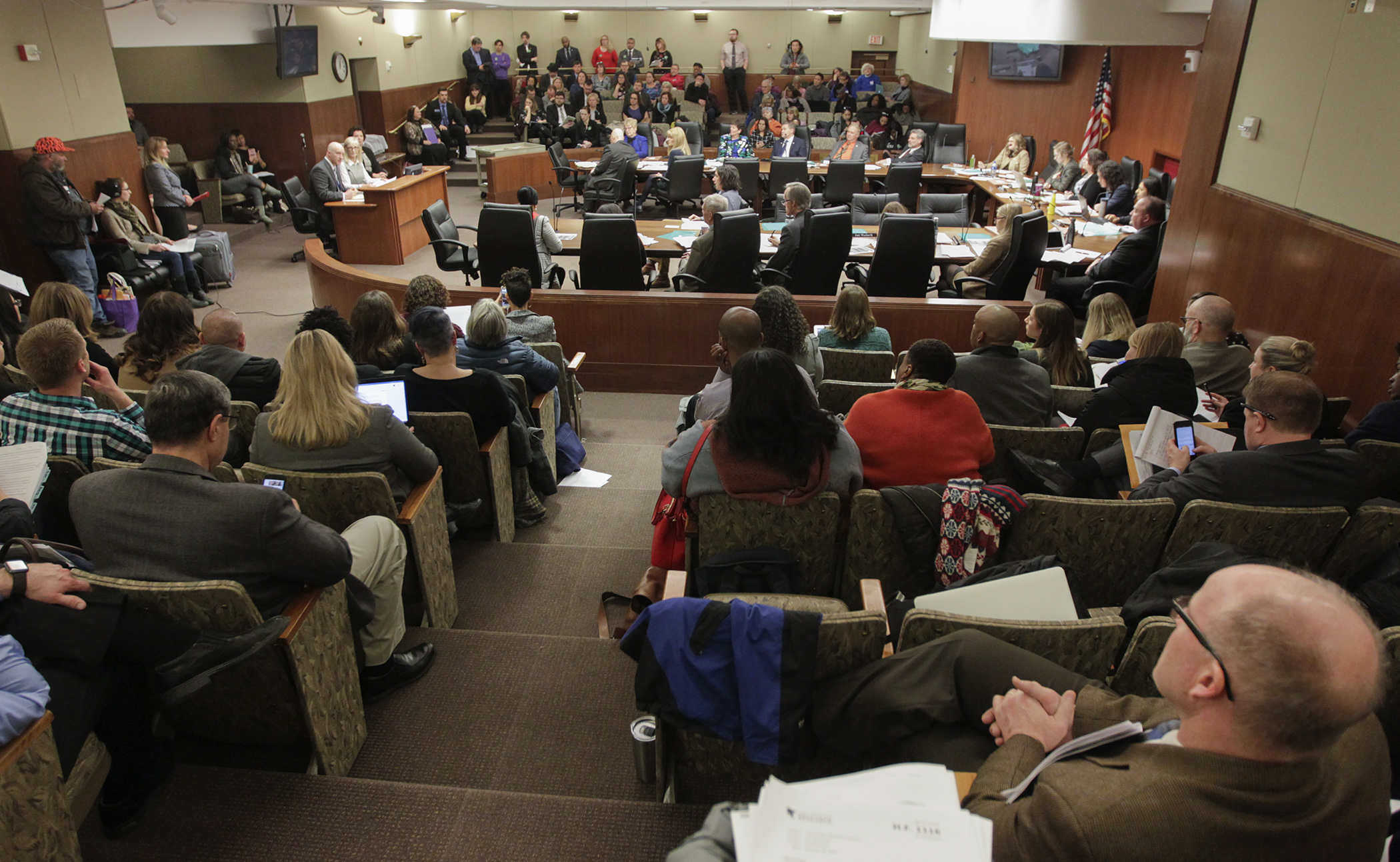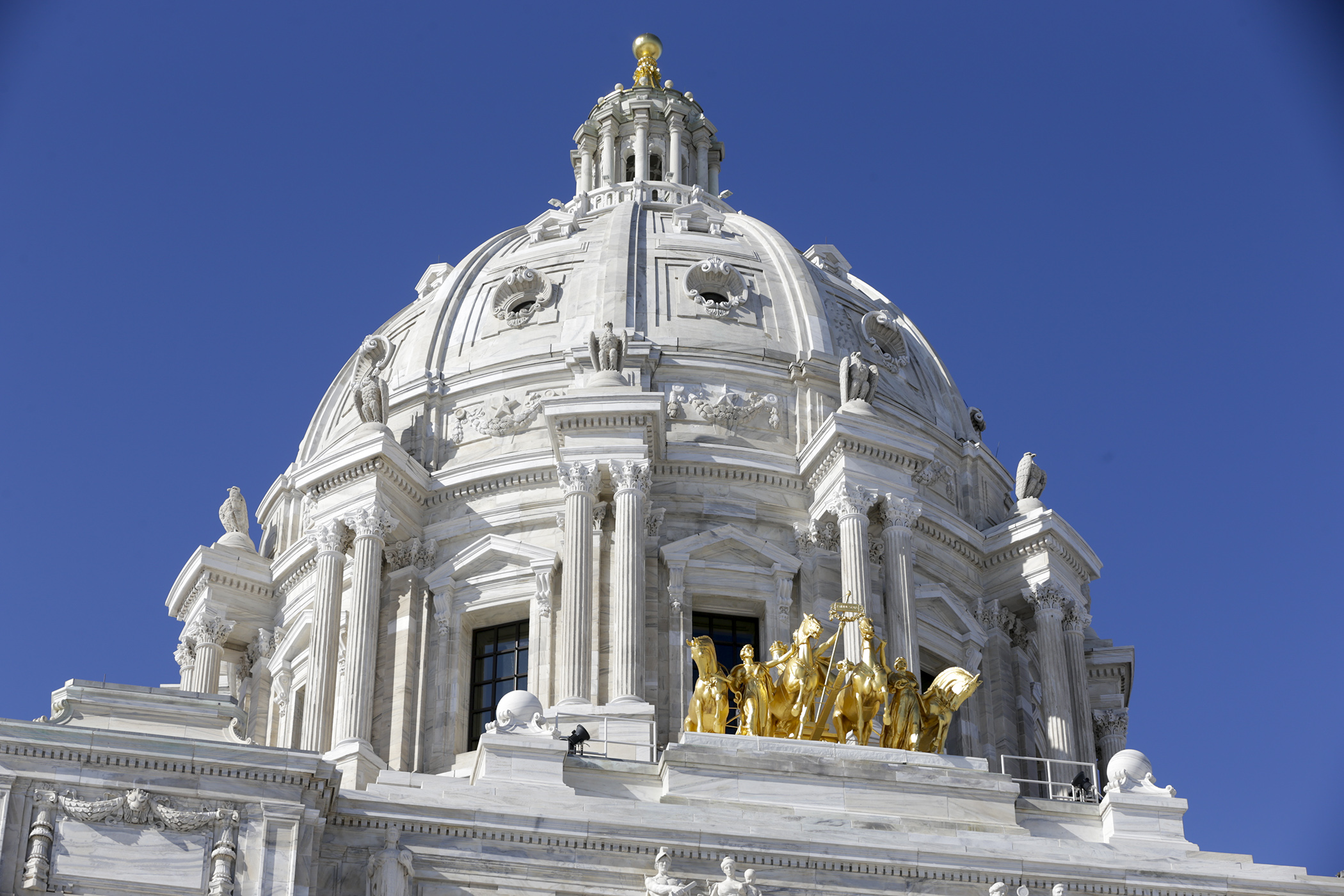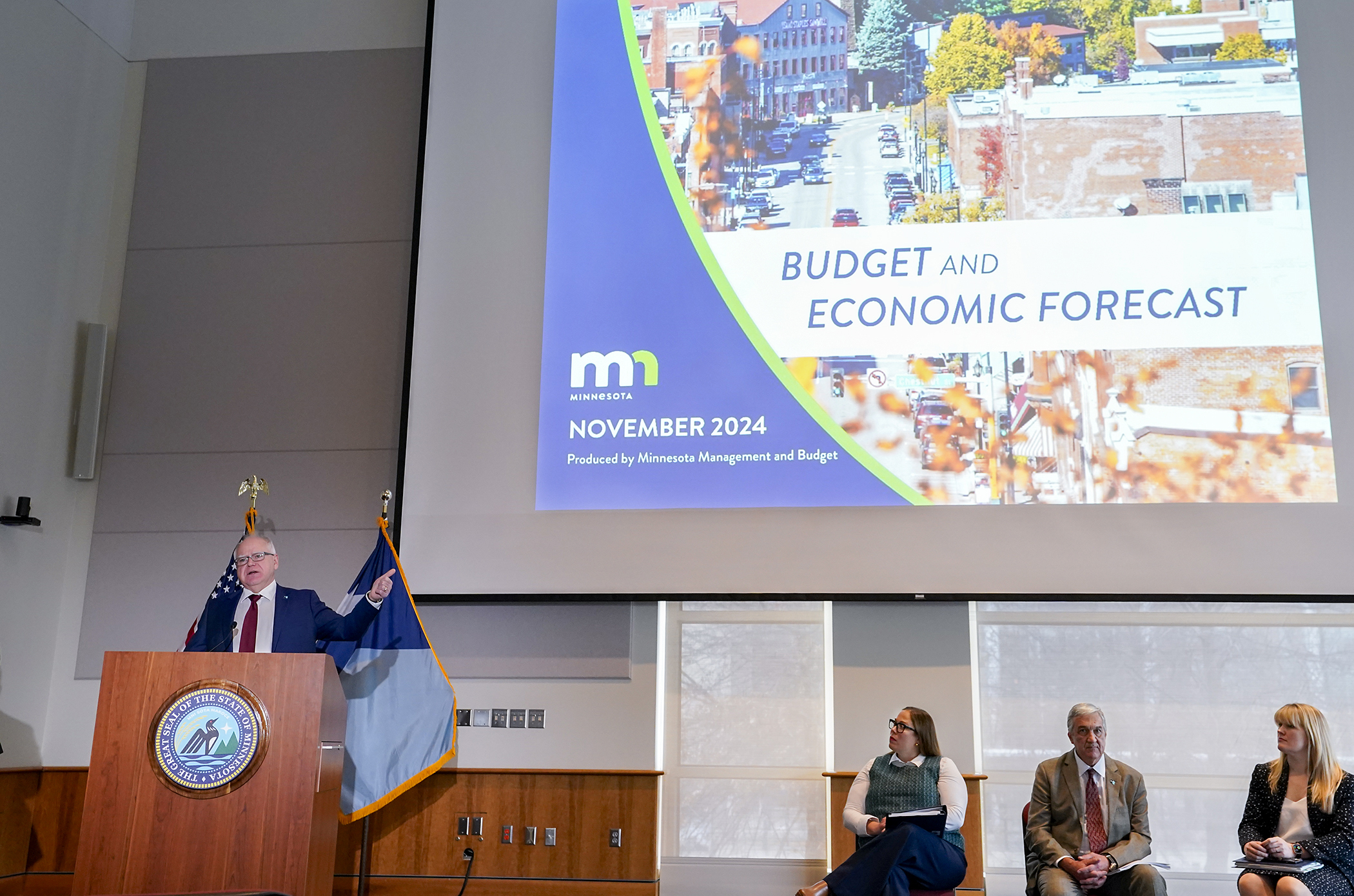Teacher licensure system, overhauled in 2017, may see more changes

Some significant changes could be coming to the state’s recently overhauled teacher licensure system.
Sponsored by Rep. Mary Kunesh-Podein (DFL-New Brighton), HF1329 would modify each tier of the system, and limit the placement of students in the classroom of teachers with Tier 1 and Tier 2 licenses.
The bill was held over Monday by the House Education Policy Committee for possible omnibus bill inclusion. The companion, SF1557, awaits action by the Senate E-12 Finance and Policy Committee. Sen. Susan Kent (DFL-Woodbury) is the Senate sponsor.
The current system went into effect in 2017, creating four tiers of teacher licenses. The goal was to simplify the process, create different pathways to enter the profession, attract out-of-state teachers, and, ultimately, address the state’s teacher shortage.
Kunesh-Podein said the changes have led to a lowering of standards for teachers, and reasoned the proposed modifications would ensure teachers have proper preparation and are working toward advanced licensure.
“We don’t need to lower the standards to make the teaching license system easier to navigate, and that’s the bottom line,” she said. “And that’s why I’m introducing HF1329 to fix the tiered-licensing system and restore our high standards for teaching.”
The bill would make a number of changes to each licensing tier, including:
- limiting Tier 1 teachers to one renewal;
- allowing an instructor with a Tier 1 license to be included in the teacher’s bargaining unit;
- eliminating course work requirements for Tier 2 candidates;
- limiting Tier 2 licenses to two renewals;
- eliminating language that allows teachers to obtain a Tier 3 license based on experience with a Tier 2 license, without completing a teacher preparation program;
- changes to mentorship requirements for teachers with a Tier 3 or Tier 4 licenses;
- eliminating the requirement that ties a teacher’s summative evaluation to their licensure status; and
- requiring districts to report to the licensing board the number of teachers at each tier in each building.
Proponents, including Dennis Draughn, a social studies teacher at Apple Valley High School, pointed to a loophole in the system that allows teachers to forego teacher preparation programs. Draughn cautioned that these preparation programs shouldn’t be waived in order to recruit more teachers.
“Some say the new licensure law will attract much needed teachers of color to the profession by not requiring them to go through teacher preparation and training. But using that as an excuse to lower the standards is unacceptable and insulting,” he said. “We hold high expectations for students in the classroom and we should also expect the same in terms of our practice, teaching as a profession.”
Opponents of the proposal, including Nicole Tuescher, executive director of human resources at Anoka-Hennepin Schools, noted that the lower tier pathways don’t equate to less effective teachers. Instead, they allow districts to offer specialized courses, like sign language, dance, visual arts, and career and technical education programs.
“Please note that less than 1.5 percent of teacher positions in Anoka-Hennepin are filled with Tier 1 and Tier 2 teachers, but these are positions that may go unfilled if the bill was adopted,” she said. “As a former teacher who took a traditional pathway into education, please trust our school districts and our HR professionals to ensure that the best teachers — whether it be Tier 1, Tier 2, Tier 3 or Tier 4 — are before our students.”
Rep. Sondra Erickson (R-Princeton) shared opponents’ concerns that reversing course on the recently enacted tier system would create confusion and be premature, given that there hasn’t been a lot of data collected yet to indicate its effectiveness.
“I think that HF1329 is an insult to all the work that was done,” Erickson said. “We need to give it a chance to work.”
Kunesh-Podein said introducing the bill sooner rather than later was an effort to be proactive rather than reactive. Sara Ford, a researcher for Education Minnesota, complimented her stance by saying that research shows students benefit from traditionally trained teachers.
“Sixty years of academic, peer reviewed research will show you that teachers who’ve had robust training in both content and pedagogy lead to higher academic outcomes,” she said. “Why are we waiting to see if Minnesota’s going to buck that trend?”
Related Articles
Search Session Daily
Advanced Search OptionsPriority Dailies
Ways and Means Committee OKs House budget resolution
By Mike Cook Total net General Fund expenditures in the 2026-27 biennium will not exceed a hair less than $66.62 billion.
That is the budget resolution approved Tuesday by the House Ways...
Total net General Fund expenditures in the 2026-27 biennium will not exceed a hair less than $66.62 billion.
That is the budget resolution approved Tuesday by the House Ways...
Minnesota's budget outlook worsens in both near, long term
By Rob Hubbard It looks as if those calling for less state spending could get their wish, judging from Thursday’s release of the February 2025 Budget and Economic Forecast.
A state su...
It looks as if those calling for less state spending could get their wish, judging from Thursday’s release of the February 2025 Budget and Economic Forecast.
A state su...